The Atlas of Social Innovation is the document presenting social innovation in a wide range of countries around the world, collecting practices and experience from different regions. It delivers new intelligence on the diversity of social innovation approaches in different parts of the world used by practitioners, researchers and policy makers, reflecting the diversity, broadness and usability of Social Innovation, proving the variety of actors and their interaction and exploring the systemic character and concept of Social Innovation.
Download your Atlas of Social Innovation or its parts here
 The first part Social Innovation Landscape – Global Trends reveals the importance of Social Innovation addressing social, economic, political and environmental challenges of the 21st century on a global scale. It demonstrates the need for Social Innovation to overcome the great societal challenges and social demands and presents a broad range of important topics that are essential for a better understanding of the key elements and the potential of Social Innovation. The articles explore new avenues and concepts of innovation, make use of new tools (e.g. design thinking) and form alliances with other streams of research and practice (e.g. sustainable development).
The first part Social Innovation Landscape – Global Trends reveals the importance of Social Innovation addressing social, economic, political and environmental challenges of the 21st century on a global scale. It demonstrates the need for Social Innovation to overcome the great societal challenges and social demands and presents a broad range of important topics that are essential for a better understanding of the key elements and the potential of Social Innovation. The articles explore new avenues and concepts of innovation, make use of new tools (e.g. design thinking) and form alliances with other streams of research and practice (e.g. sustainable development).
 The second part Social Innovation in World Regions provides an overview of various types of Social Innovation in different local or regional settings. Looking at the different world regions Social Innovation has various meanings, can take different forms and engage a diversity of actors.
The second part Social Innovation in World Regions provides an overview of various types of Social Innovation in different local or regional settings. Looking at the different world regions Social Innovation has various meanings, can take different forms and engage a diversity of actors.
 The third part Social Innovation in Policy Fields uncovers that Social Innovation is omnipresent in the policy areas of education, employment, environment and climate change, energy supply, transport and mobility, health and social care, and poverty reduction and sustainable development.
The third part Social Innovation in Policy Fields uncovers that Social Innovation is omnipresent in the policy areas of education, employment, environment and climate change, energy supply, transport and mobility, health and social care, and poverty reduction and sustainable development.
 The Atlas of Social Innovation’s final part Future Challenges and Infrastructures demonstrates that social innovation processes and the underlying resources, capabilities and constraints are also very much related to the actors of the different sectors of the social innovation ecosystem (policy, economy, science and civil society). This includes a new role of public policy and government for creating suitable framework and support structures, the integration of resources of the economy and civil society as well as supporting measures by science and universities (e.g. education for social innovation performance, know-how transfer).
The Atlas of Social Innovation’s final part Future Challenges and Infrastructures demonstrates that social innovation processes and the underlying resources, capabilities and constraints are also very much related to the actors of the different sectors of the social innovation ecosystem (policy, economy, science and civil society). This includes a new role of public policy and government for creating suitable framework and support structures, the integration of resources of the economy and civil society as well as supporting measures by science and universities (e.g. education for social innovation performance, know-how transfer).
One of the most important insights of the Atlas is that given the strong need for Social Innovation highlighted by the various policy field experts, and, bearing in mind the drivers but in particular also the barriers for Social Innovation, a social innovation friendly environment still has to be developed in Europe as well as globally. By gathering the leading experts, the Atlas opens up new insights in the current trends of social innovation research. Building up a knowledge repository for a growing community of practitioners, policy makers and researchers it should open up new avenues to unfold the potential of social innovation in the search for new social practices enhancing a better future.
The Atlas of Social Innovation has been developed in a partnership of 25 organisation from all around the world within the project “Social Innovation – Driving Force of Social Change” (in short – SI-DRIVE). It is a research project aimed at extending knowledge about social innovation (SI) in three major directions:
-
Integrating theories and research methodologies to advance understanding of SI leading to a comprehensive new paradigm of innovation,
-
Undertaking European and global mapping of SI, thereby addressing different social, economic, cultural, historical and religious contexts in eight major world regions,
-
Ensuring relevance for policy makers and practitioners through in-depth analyses and case studies in seven policy fields, with cross European and world region comparisons, foresight and policy round tables.
To read more about the project, used methodologies and outcomes, click here.
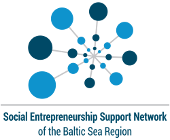
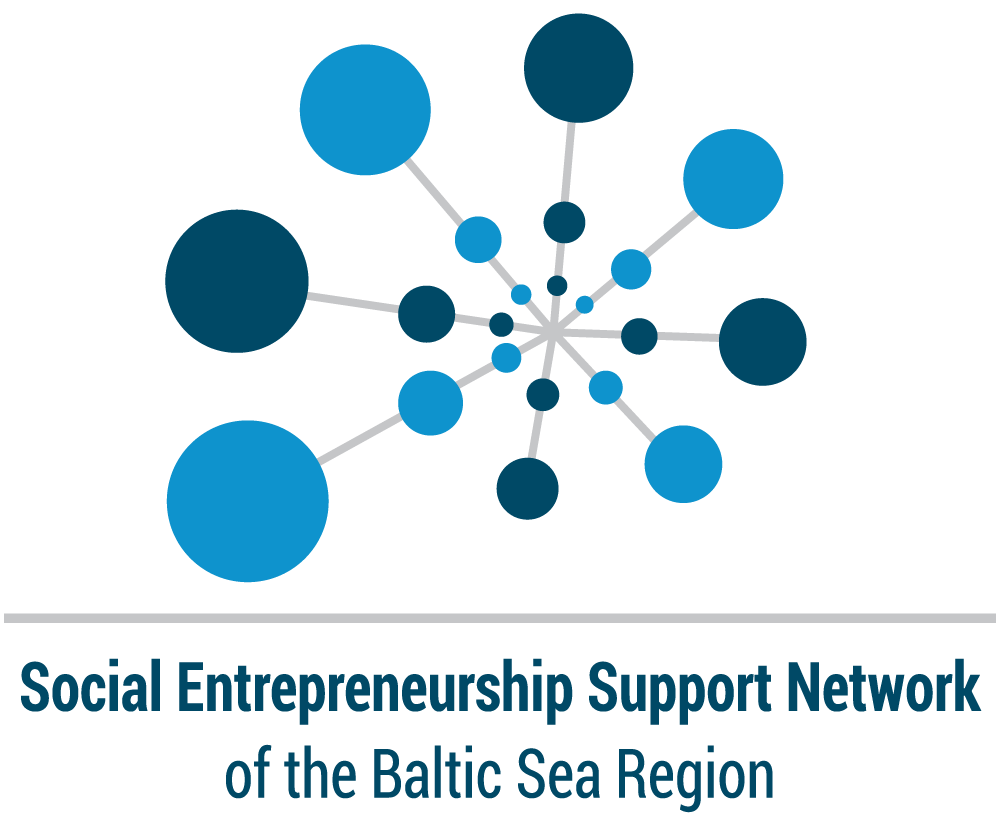

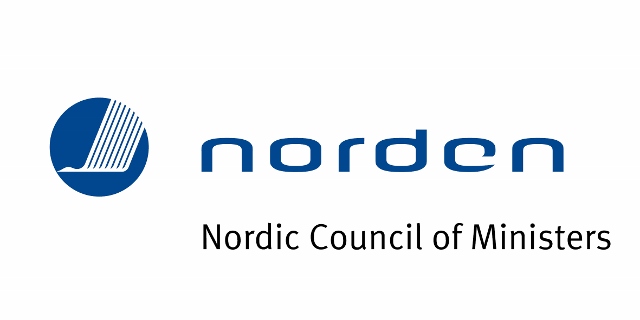



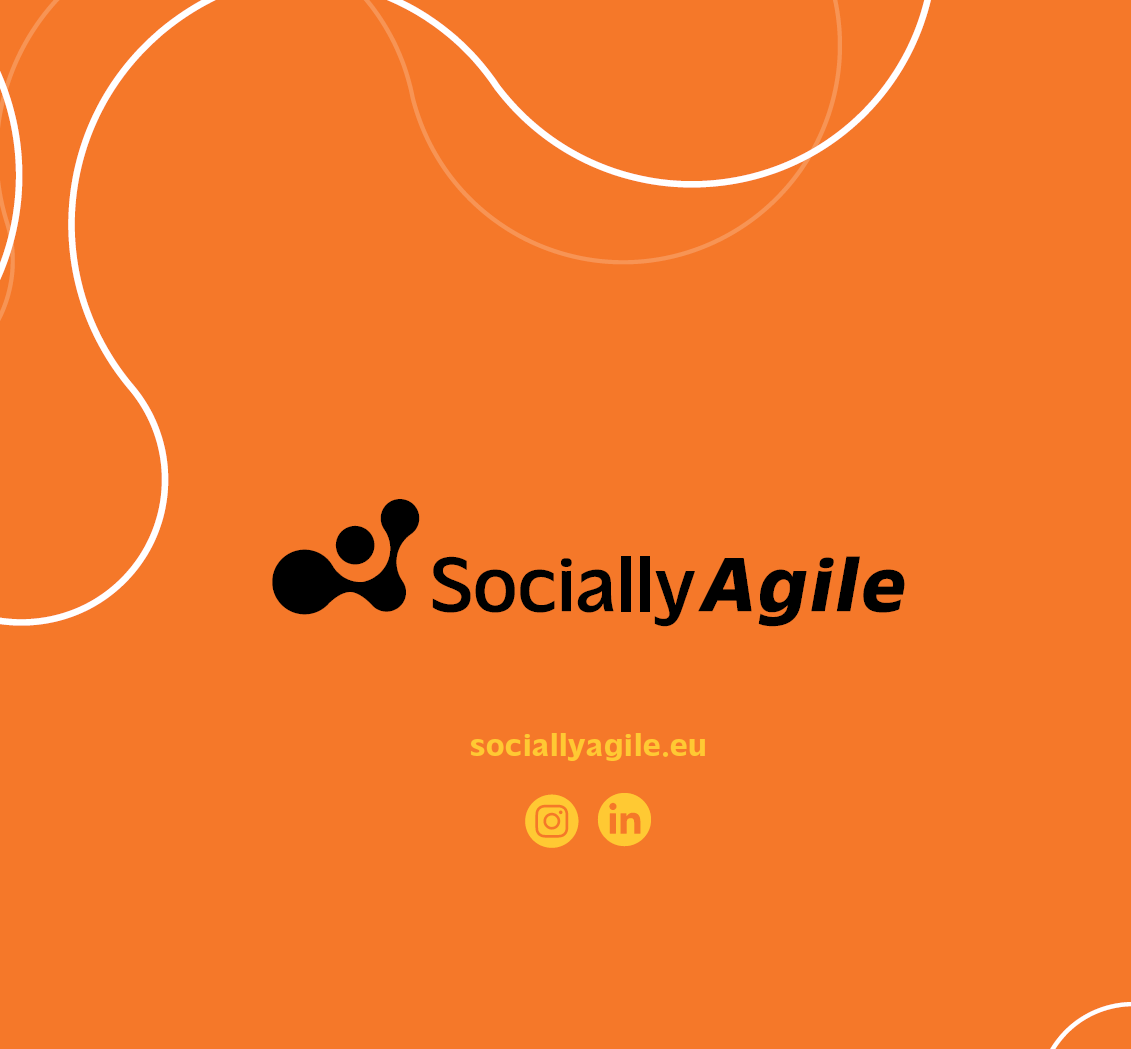
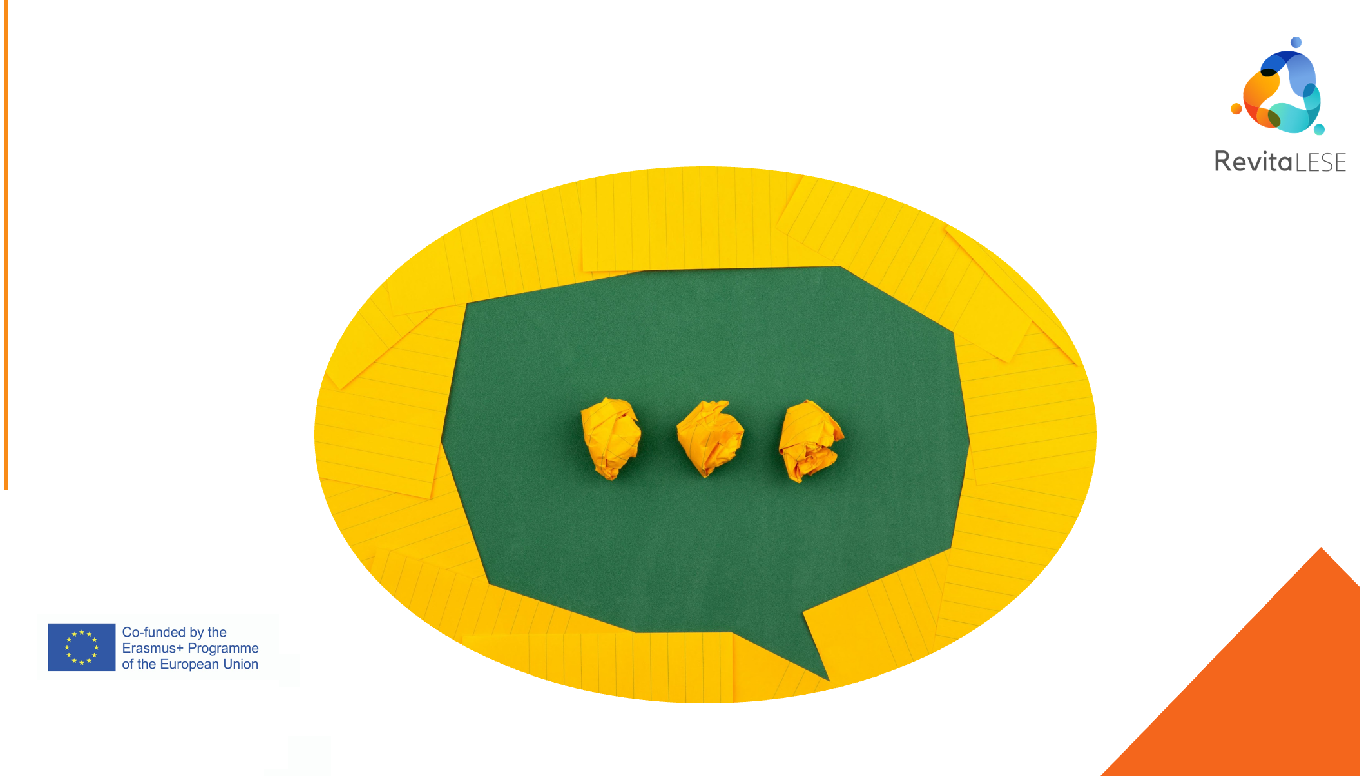






Leave A Comment